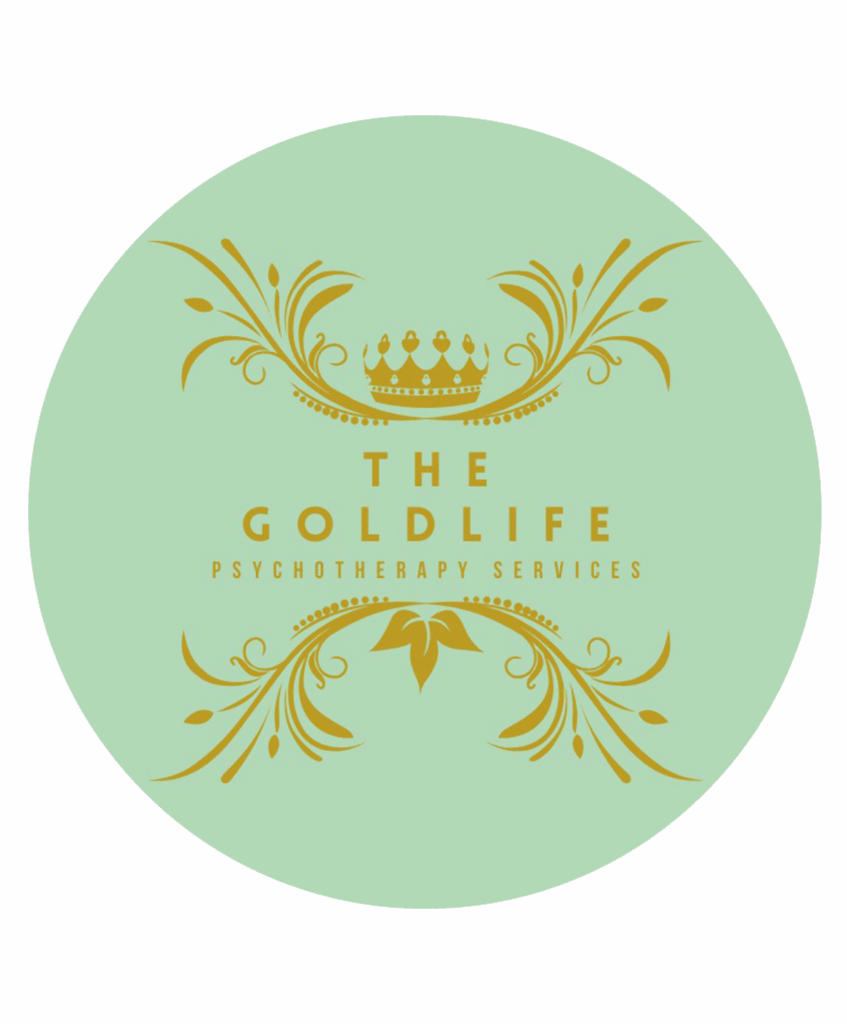Our lives can be seen as our own Hero’s Journey—a concept Joseph Campbell explored in The Hero With a Thousand Faces. Every experience, whether joyful or painful, becomes part of our personal story. These experiences shape how we see ourselves and the world, helping us grow and build the inner strength to face challenges. When we reflect on the memories we still carry, we’re taking a step in our own journey—acknowledging the echoes of the past while learning how they can guide us toward growth, resilience, and transformation.
Sometimes, experiences from the past leave a mark that lingers. Even if the event is long over, the feelings it stirred—hurt, shame, fear, or sadness—can still surface. This is the pain we still carry. Think of it like a small stone you picked up long ago. You might have set it down for a while, but over time, it stayed tucked in your bag. The pain we still carry is like that stone—it shapes the way we move, even if we’re unaware.
The pain we still carry refers to unresolved or unprocessed emotions from past events. These echoes can influence how we react, relate to others, and feel about ourselves today. Recognizing them and inviting them in the here and now is the first step toward understanding and release.
In therapy, I often hear people say, “It’s been years, but it still feels fresh.” That’s the nature of memory—some moments settle quietly, while others return again and again, tugging at our present life. Some echoes are soft enough to sit with on our own. Others feel too heavy, too persistent. If you notice that revisiting these questions stirs more pain than clarity, that may be a sign you don’t have to carry this alone.
Emotional Therapeutic Counseling offers a space where those echoes can be spoken, understood, and slowly softened. Reaching out for support isn’t about weakness—it’s about giving yourself the chance to be heard in full.
If you’ve already identified an event that haunts you or gets triggered in the here and now, I invite you to pause with it. The questions below are not about reliving pain for the sake of it. They are about listening to the echo that remains—because echoes often carry both hurt and hidden wisdom.
We begin with deep breathing and relaxing ourselves completely.
Returning to That Day
When we bring gentle attention to the original moment, we begin to see it more clearly.
- What happened that day, in that particular moment?
- What meaning or reasons have I attached to it since?
- How did I feel back then, in real time?
Meeting the Memory in the Present
Notice how the memory feels today. It may not match what you felt then.
- How do I feel about that moment now?
- Which emotions are still tied to it?
- Do these emotions show up elsewhere—in other relationships, events, or patterns?
- What about this memory still triggers me? Why does it feel alive, even though the event is long gone?
Sharing and Being Heard
Part of healing is being witnessed. Silence can keep pain locked inside.
- Have I been able to share what I feel with loved ones, in a way that feels safe?
- Is there a group or community who understands this experience firsthand? If yes, what might sharing with them give me?
Processing and Making Peace
Processing doesn’t mean forgetting. It means making room for the past without letting it control the present.
- How have I been able to process this event so far?
- Where am I in my journey of making peace with what happened?
Learning and Growth
Even painful echoes can leave us with insight. This doesn’t mean we have to be grateful for the hurt—it means we acknowledge the growth that came alongside it.
- What has this incident taught me about life, people, or myself?
- How have I used that knowledge in my choices or relationships?
- Has it shifted the way I see the world today?
- Am I in a place where I could reach out to someone with a similar experience, offering them what I’ve learned?
Leaving Space for More
Finally, hold space for what doesn’t fit neatly into questions. Sometimes the most important reflection is the one you didn’t expect.
- What else is surfacing for me now that might enrich my journey?
Conclusion
The goal of this exercise isn’t to erase the past or to judge yourself for what you’ve felt. It’s about noticing what you’ve carried, understanding how it shapes you today, and giving yourself permission to release some of that weight.
By reflecting, naming your emotions, and exploring the echoes of old experiences, you open space for self-compassion, insight, and growth. Each small moment of awareness is a step toward carrying less of what no longer serves you, and moving more freely into the present.
REMEMBER: The past may have shaped you, but it does not define you. You have the choice — and the power — to place down the stones you no longer need to carry.



